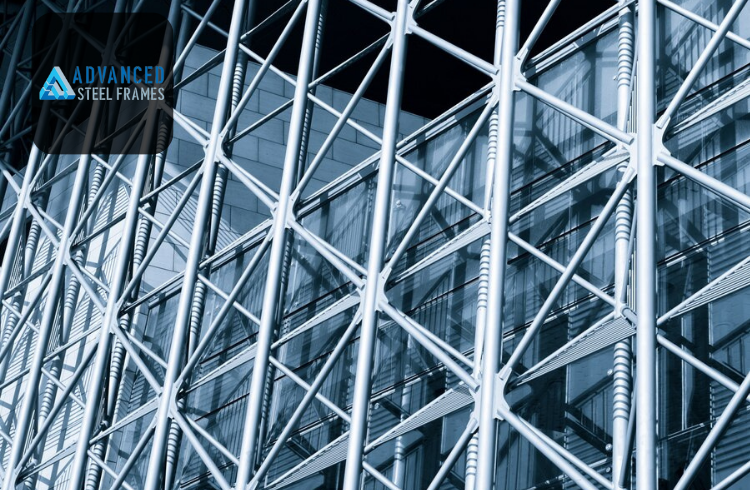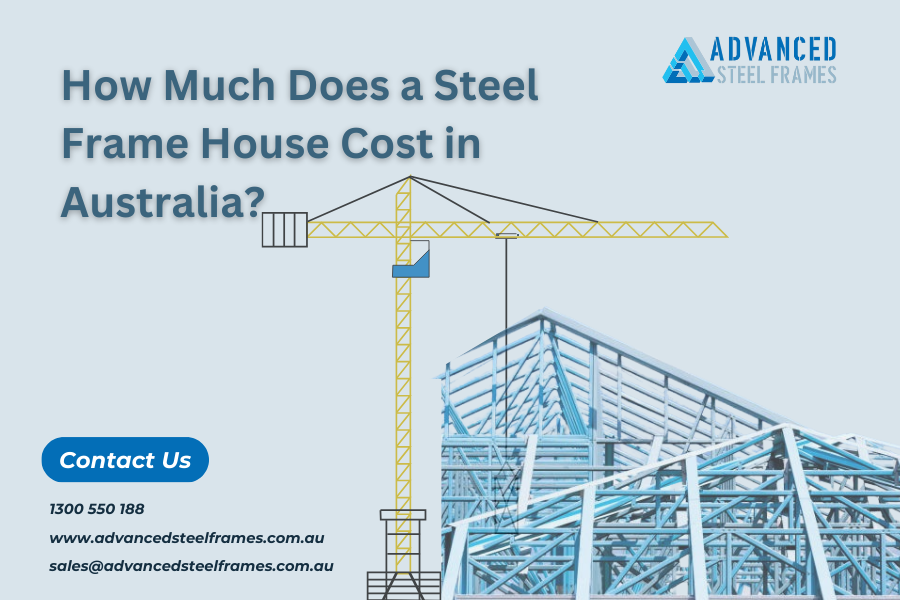What is the Best Type of Roof Truss?
In modern construction, the type of roof truss a building gets is a major factor to consider. As design, efficiency and energy requirements change, both builders and architects look for truss systems that are reliable, flexible and can be easily put into place. The Fink truss is regularly chosen for construction because it provides an ideal balance and is used in many projects.
Understanding the Importance of Truss Selection
A roof truss is a pre engineered framework which gives the roof the much needed support and distributes roof weight equally on all walls. Whereas traditional framing requires load-bearing walls within a structure’s frame, trusses use the power of triangle geometry to span between two areas without internal load-bearing walls. The installation is faster of this method, less expensive and waste of materials.
Why the Fink Truss is a Smart Choice
The Fink truss is the roof truss, among many such as King Post, Queen Post, Howe and Scissor which can provide the most efficient load bearing capacity for typical roof spans. The characteristic ‘W’ webbing of Woven Fabrics provides good strength and is suitable for spans of up to 30 meters. Additionally, its simplicity of design facilitates fine tuning during fabrication and smooth on site assembly.
Also, the Fink truss is preferred most in residential constructions because it can be adapted to different roof pitches and ceiling layouts. This also allows it to effectively design absolutely symmetrical as well as asymmetrical designs.
Enhancing Strength Through Complementary Truss Systems
The roof isn’t the only part of the home you need to focus on for structural stability. It involves understanding the operations of the full set of structures supporting a building. Here, Roof Truss Construction, Floor Truss Construction and Wall Truss Construction combine their strengths.
- The supporting role of roof truss construction allows architects to create attractive and durable roofs for buildings. Because of its accurate structure and detailed engineering, the building can do without many interior columns, making the floor plan more open.
- Floor Truss Construction should also be considered whenever a building has more than one floor. Because trusses are made with open-web configurations, it’s easy for HVAC, plumbing and electrical systems to be installed and run through the truss without modifying them.
- Walls created using trusses take on the vertical load and help with energy conservation. The use of these pre-built parts ensures walls are parallel and speeds up assembling, making the building better insulated and airtight.
Advanced Steel Frames: A Future-Ready Solution
Providing long term durability in a harsh environment, Advanced Steel Frames are rapidly becoming a benchmark in the construction industry. Steel frames are non combustible, termite proof and dimensionally stable compared to timber. Having this characteristic, they are a natural solution for truss systems in fire hazard areas or in humid climates. Moreover, steel components are recyclable and compatible to green building practices.
Steel trusses for wood or steel framing, used for roofing and/or flooring or walls, also offer long spans and reduced material usage which makes them suited to open plan architecture and complex building geometry.
Conclusion
The selected roof truss is influenced by the size of the property, its design and the money available. It is noted for delivering equally good performance in various applications. When these truss construction methods and Advanced Steel Frames are used together, builders can produce structures that are safe, energy-efficient and up-to-date.
Share this content:







